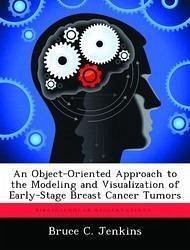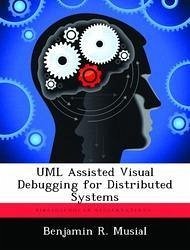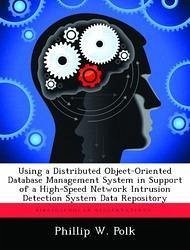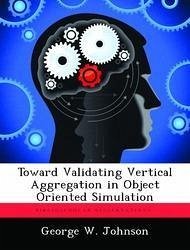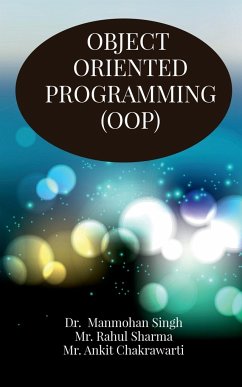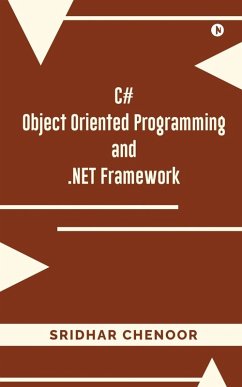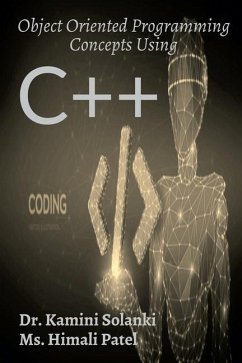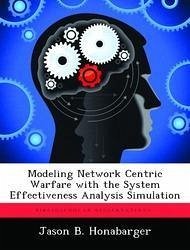Nicht lieferbar
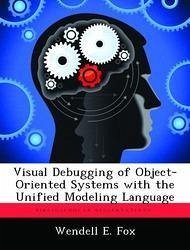
Visual Debugging of Object-Oriented Systems with the Unified Modeling Language
Versandkostenfrei!
Nicht lieferbar
The Department of Defense (DoD) is developing a Joint Battlespace Infosphere, linking a large number of data sources and user applications. Debugging and analysis tools are required to aid in this process. Debugging of large object-oriented systems is a difficult cognitive process that requires understanding of both the overall and detailed behavior of the application. In addition, many such applications linked through a distributed system add to this complexity. Standard debuggers do not utilize visualization techniques, focusing mainly on information extracted directly from the source code. ...
The Department of Defense (DoD) is developing a Joint Battlespace Infosphere, linking a large number of data sources and user applications. Debugging and analysis tools are required to aid in this process. Debugging of large object-oriented systems is a difficult cognitive process that requires understanding of both the overall and detailed behavior of the application. In addition, many such applications linked through a distributed system add to this complexity. Standard debuggers do not utilize visualization techniques, focusing mainly on information extracted directly from the source code. To overcome this deficiency, this research designs and implements a methodology that enables developers to analyze, troubleshoot and evaluate object-oriented systems using visualization techniques. It uses the standard UML class diagram coupled with visualization features such as focus+context, animation, graph layout, color encoding and filtering techniques to organize and present information in a manner that facilitates greater program and system comprehension. This work has been selected by scholars as being culturally important, and is part of the knowledge base of civilization as we know it. This work was reproduced from the original artifact, and remains as true to the original work as possible. Therefore, you will see the original copyright references, library stamps (as most of these works have been housed in our most important libraries around the world), and other notations in the work. This work is in the public domain in the United States of America, and possibly other nations. Within the United States, you may freely copy and distribute this work, as no entity (individual or corporate) has a copyright on the body of the work. As a reproduction of a historical artifact, this work may contain missing or blurred pages, poor pictures, errant marks, etc. Scholars believe, and we concur, that this work is important enough to be preserved, reproduced, and made generally available to the public. We appreciate your support of the preservation process, and thank you for being an important part of keeping this knowledge alive and relevant.




